please join us WHO Air Quality, Energy and Health Sector For webinarClean Air for Public Health – Assessing Population Exposure to Air Pollution' will be held twenty two aApril 2024, 15:00-16:30 (CEST).
Air pollution kills 6.7 million people each year. To protect health and reduce mortality, we need to reduce the population's exposure to air pollution. Recognizing that air pollution monitoring is necessary to reduce population exposure, WHO has leveraged the Global Air Pollution and Health Technical Advisory Group to develop an overview of methods to help assess health impacts. did. These methods can also be used by countries to build national programs to measure and model exposure to air pollution.
The objectives of the webinar are:
- Start. Overview of methods to assess population exposure to air pollution This shows how monitoring is an integral part of air quality management.
- We focus on measurement and modeling methods commonly used in health impact assessments to estimate population exposure to air pollution.
- Challenges and lessons learned as countries implement these methods into their air quality management systems to better understand the public burden of disease and strengthen countries' capacity to tackle air pollution and protect public health. I'd like to introduce_______
After registering, you will receive a confirmation email with information about joining the webinar.
agenda
Chair
Sophie Gumi, Technical Director, Air Quality, Energy and Health, WHO
Welcome and housekeeping
Heather Rohani-Adair, AI Unit Head, Air Quality, Energy and Health Unit, WHO
Opening remarks
The importance of regional monitoring to assess global exposure and health risks
Sarah Bassert, Sscientific officer, world meteorological organization
presentation
Considerations for assessing population exposure to air pollution
Kerolyn Shairsingh, Consultant, WHO Division of Air Quality, Energy and Health
panel discussion
Monitoring population exposure to air pollution: Moving from theory to action
Facilitator: Jason West, University of North Carolina at Chapel Hill
Commonly used methods for health impact assessment:
Discussant:
Jill Baumgartner, McGill University Institute for Health and Social Policy Research
Augustin Colette, National Institute for Industrial Risk and Environment (INERIS)
Challenges and lessons learned from implementing the National Air Quality Monitoring Program:
Discussant:
Aminata Mbow, Senegal Environmental Agency (TBC), Director of Environmental and Business Management Department
Sadegh Hassanvand, Institute of Environmental Studies, Tehran University of Medical Sciences
Christian Nagl, Umweltbundesamt GmbH (Austrian Environment Agency)
Q&A and discussion
Jason West, University of North Carolina at Chapel Hill
Closing remarks
Sophie Gumi, Technical Director, Air Quality, Energy and Health, WHO
Verified speakers
|
sophie gummy
Sophie Gummy is the World Health Organization's Technical Director in the Department of Environment, Climate Change and Health. She leads her WHO work on evidence synthesis, capacity building, and monitoring of air pollution exposure and associated disease burden. Before joining the Department of Air Quality and Health, she researched the burden of disease from various environmental risk factors, including air pollution, water and sanitation, and climate change.
|
 |
|
Heather Lohani-Adair
Heather Adair Lohani currently leads research on air quality, energy and health at the World Health Organization Headquarters. She has led the establishment of the Health and Energy Action Platform and the High-Level Coalition on Health and Energy. She co-led the coordination and development of her WHO guidelines on indoor air quality for household fuel combustion and is currently working to support countries in implementing these guidelines through the Clean Home Energy Solutions Toolkit. I am supervising. She has also contributed to health and air pollution, including the United Nations Energy, Sustainable Energy for All, the Inter-Agency Expert Group on Sustainable Development Goals Indicators, and the Global Strategy for the Health of Women, Children and Adolescents. , actively participates and acts on behalf of the WHO in various global initiatives focused on energy. .
|
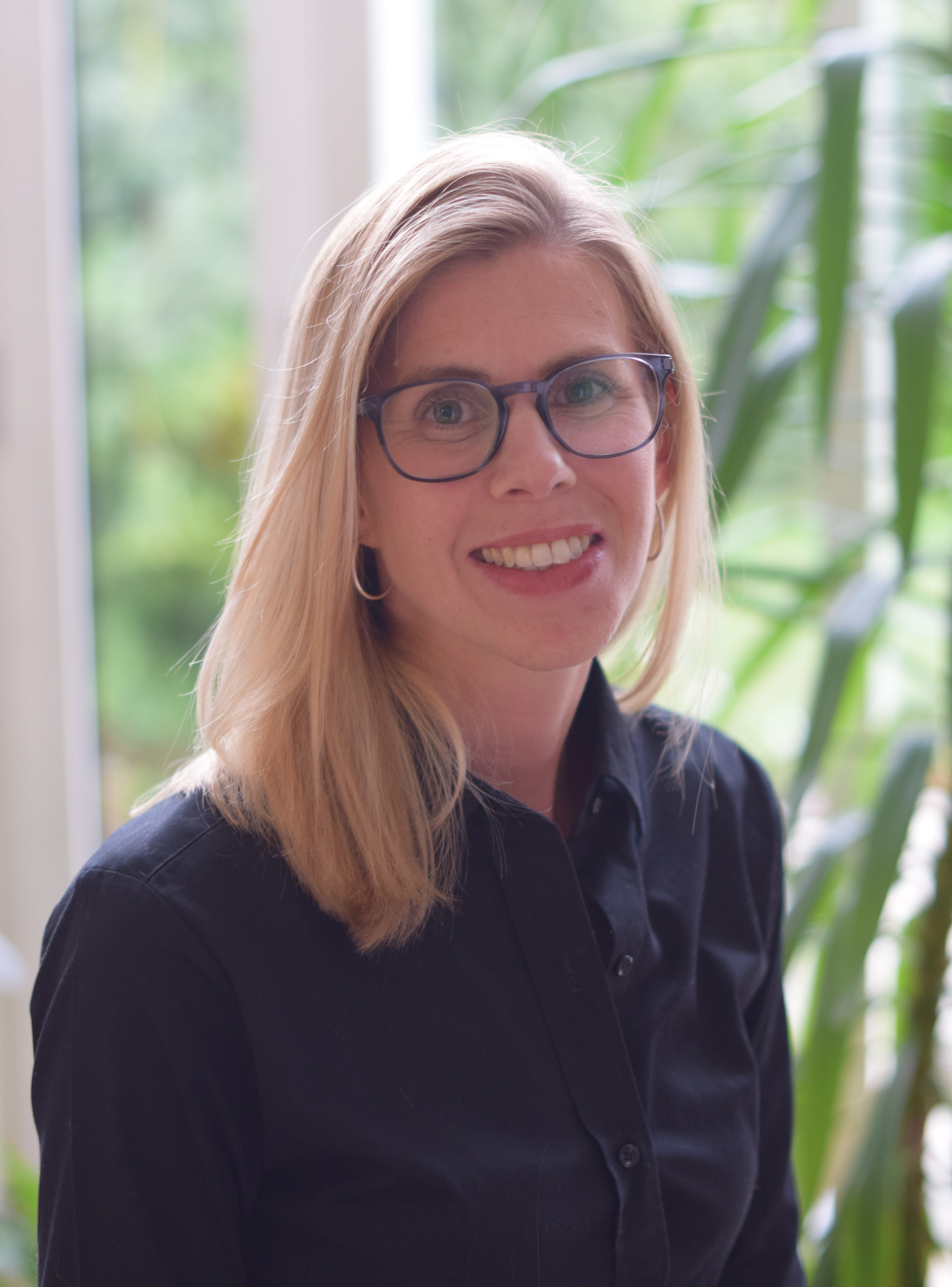 |
|
Sarah Bassert
Dr Sarah Bassert has been a scientific staff member of the World Meteorological Organization's (WMO) Global Atmospheric Watch (GAW) program since 2023, responsible for atmospheric composition and air quality modeling activities. Her main research interests include the effects of aerosols on climate, ocean biogeochemistry, air quality, health, and socio-economic conditions, from the study of variations caused by mineral dust in observed atmospheric changes and thus weather and climate changes. The evaluation ranges widely. Sector (e.g. energy or transport).
|
 |
|
Carolyn Chaisin
Dr. Kerolyn Chaasin is a consultant in the World Health Organization's Department of Environment, Climate Change and Health. She has worked on multiple reports and databases on exposure assessment, policy, and SDGs. She also supports knowledge and evidence synthesis within the Global Air Pollution and Health Technical Advisory Group. Prior to joining WHO, she worked at the Caribbean Industrial Research Institute and managed several research and development projects. She has a scientific background in air pollution exposure models and urban environmental health through her work as a postdoctoral fellow with the Canadian Urban Environmental Health Research Consortium.
|
 |
|
jason west
Dr. J. Jason West is a professor of environmental science and engineering at the University of North Carolina at Chapel Hill. Dr. West is an engineer and leader in interdisciplinary research linking air pollution, climate change, energy, and human health using models of atmospheric transport and chemistry from global to local scales. He led some of the first studies to use global atmospheric models to assess the health impacts of air pollution, assessing the global burden on mortality, the co-benefits of greenhouse gas mitigation, and Addressed the effects of climate change on global air quality and health. . Dr. West serves on the Scientific Steering Committee of the International Commission on Atmospheric Chemistry and Global Pollution and on NASA's Health and Air Quality Applied Science Team, and is a Leopold Fellow in his Leadership.
|
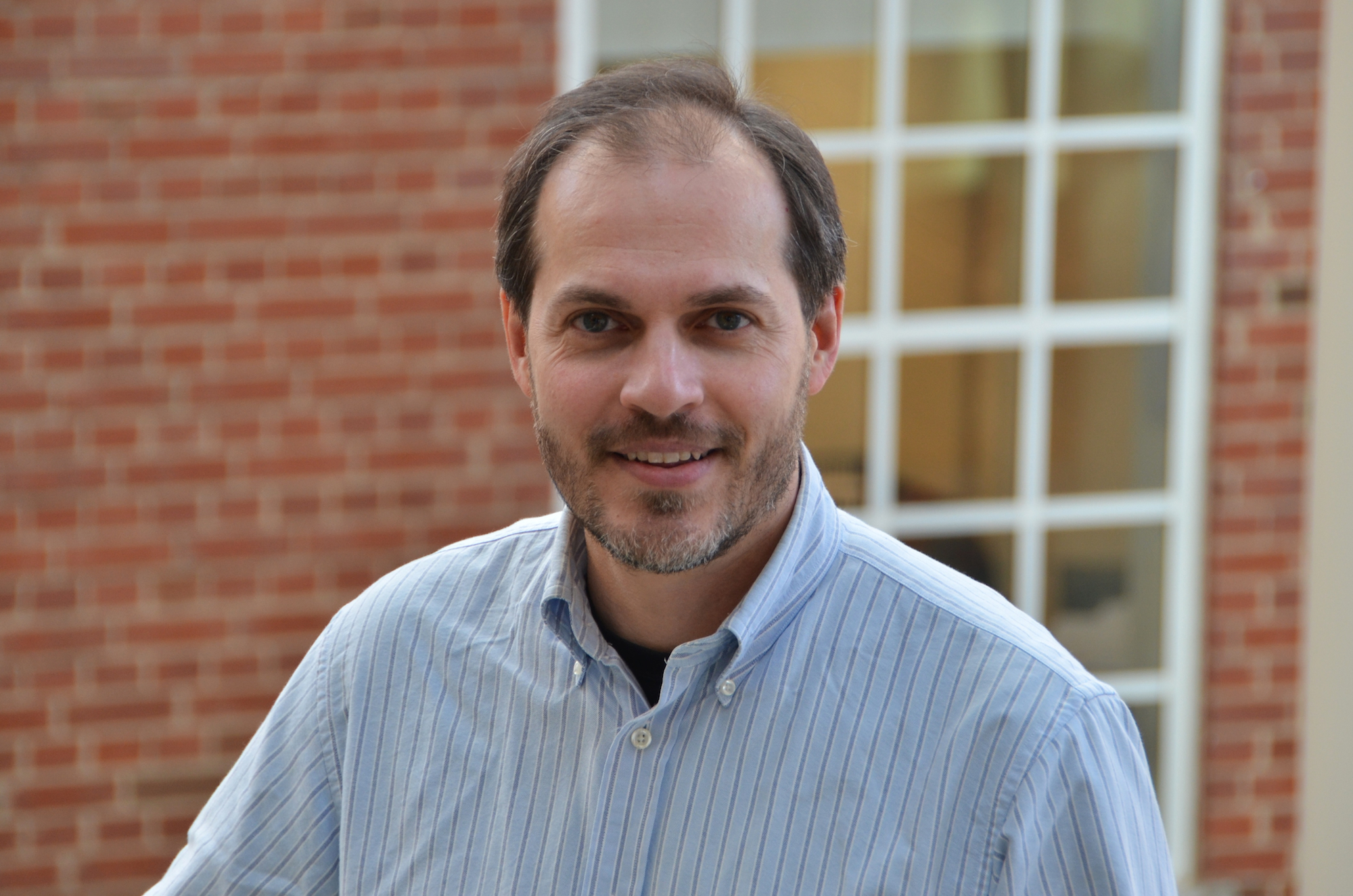 |
|
Jill Baumgartner
Jill Baumgartner is an Associate Professor and William Dawson Scholar in the Department of Epidemiology and Biostatistics at McGill University. She studies exposure to environmental pollutants and their effects on human health in the context of urbanization and development. Her publications appear in top journals in the field of environmental health, as well as interdisciplinary journals such as PNAS, Lancet, and Nature Energy. She has been recognized as an “Extraordinary Scientist Under 40” by the World Economic Forum (2018), received the FRQS and CIHR Investigator Awards (2015, 2021), and McGill's Maud Abbott for outstanding research in her early career. Award (2016), and the Trottier Institute. Science and Public Policy Fellowship (2019).
|
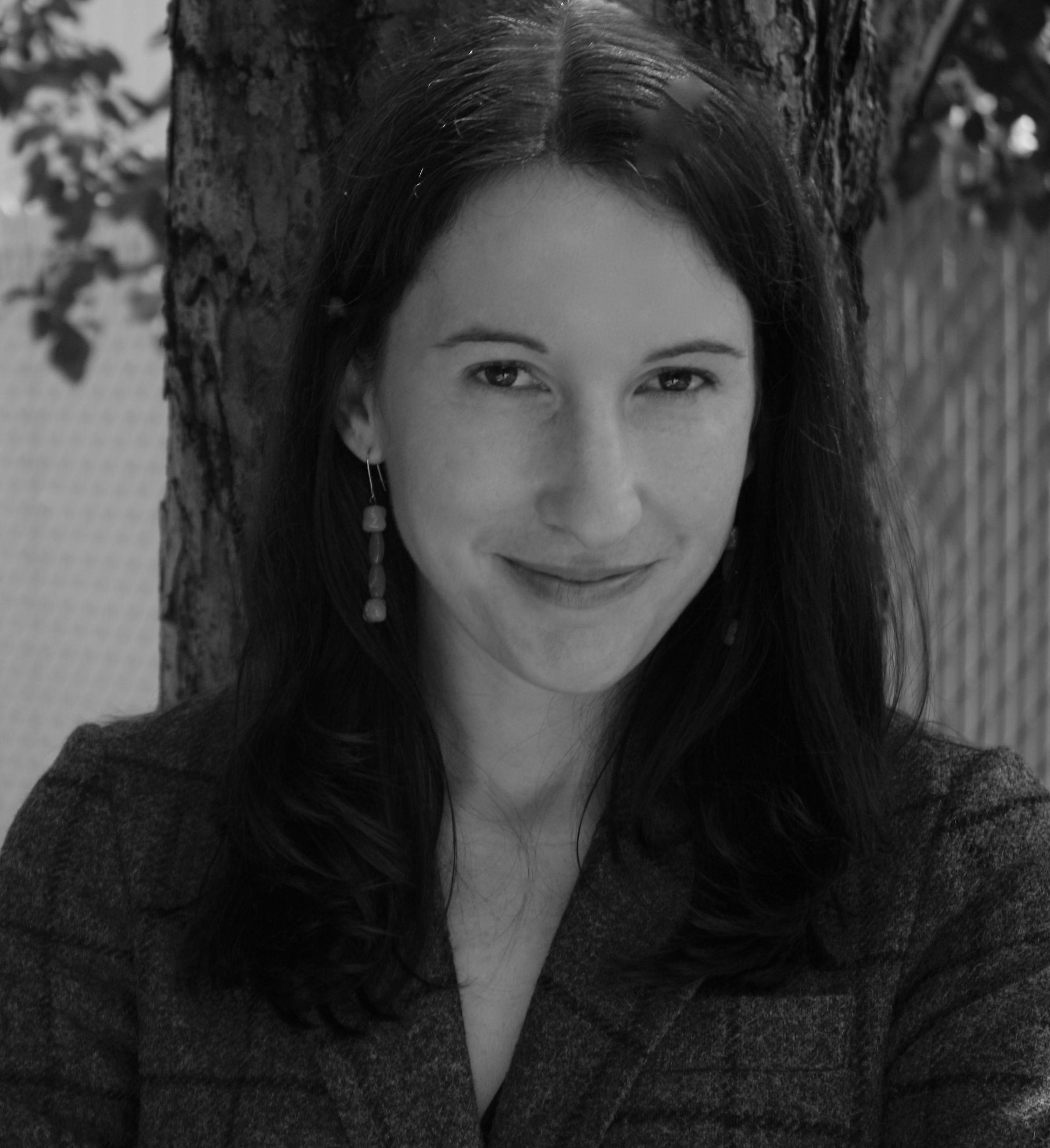 |
|
Augustine Colette
Augustin Colette is head of the Atmospheric Modeling and Environmental Mapping Unit (MOCA) at the French public institute INERIS (National Institute for Industry and Environment). He holds a PhD in Atmospheric Science from Sorbonne University and has previously worked for UNESCO, Stanford University, École Polytechnique, and the private sector in climate risk assessment. He has co-authored 85 peer-reviewed papers in the areas of atmospheric chemistry and physics.
|
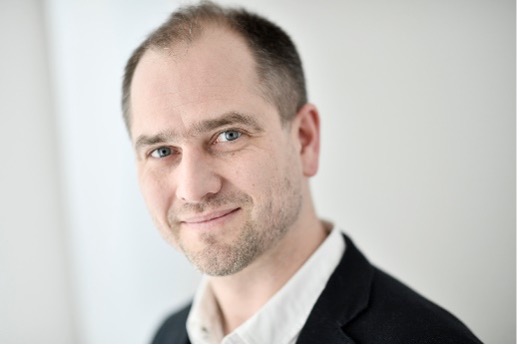 |
|
Aminata Mbou Diokane
Aminata Mbow Diokhane is an IT engineer, air quality expert and, since 2014, director of the Air Quality Monitoring Center (Direction de l'Environnement et). – Responsible for CGQA). des Etablissements Classés – DEEC) Senegalese Ministry of Environment and Sustainable Development. As her IT expert at CGQA (from 2008 until 2014), she designed and maintained a data transfer system between five air quality monitoring stations and a central laboratory, an air quality web portal, geography I was in charge of information system (GIS) management. She calculates and publishes air quality indices. She is also one of the co-authors of the manuscript entitled “Association between Saharan dust burden and meningitis observed and modeled in Senegal in 2012 and 2013.”
|
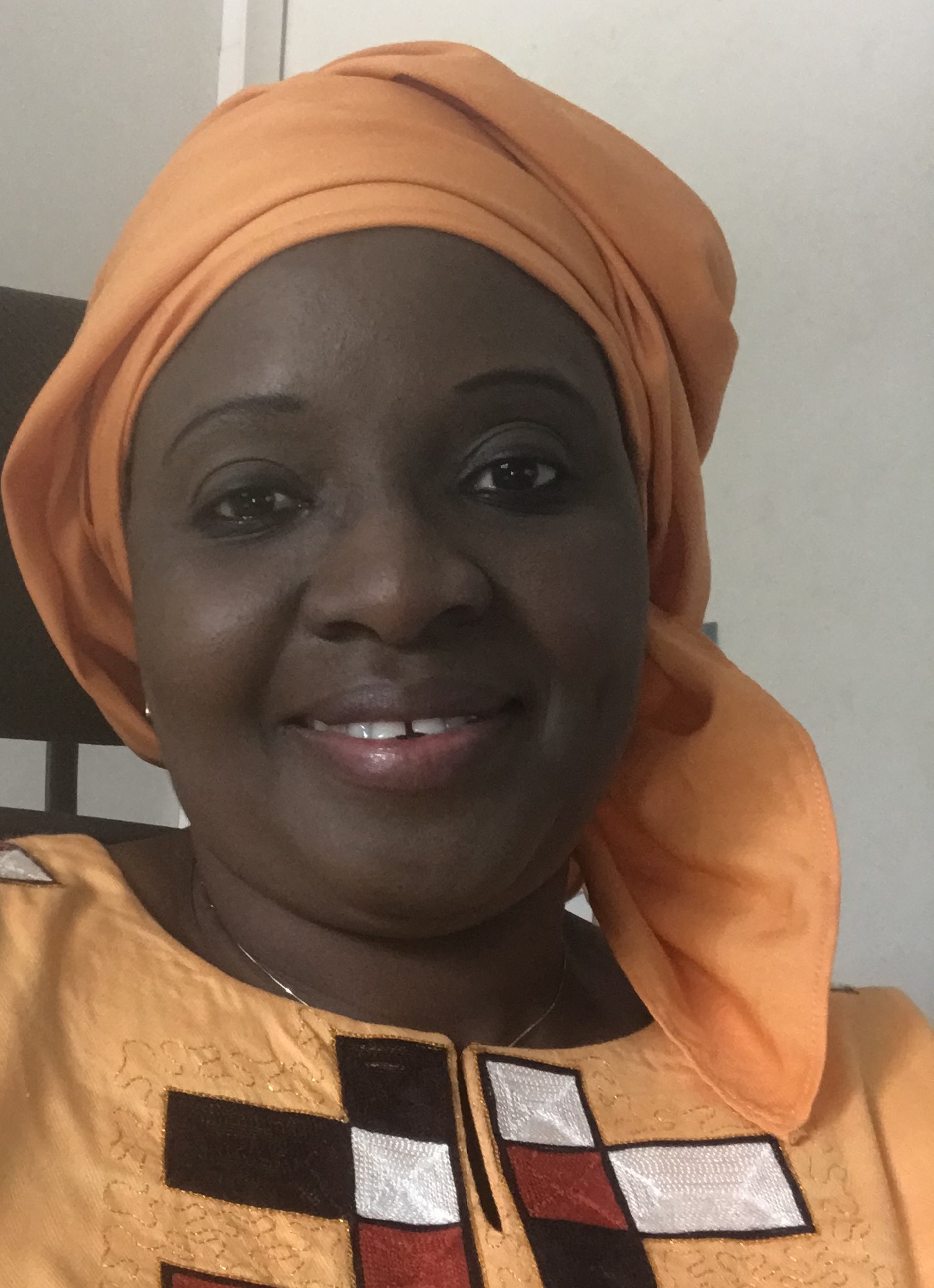 |
|
Mohammad Sadegh Hasanvand
Mohammad Sadegh Hasanvand He is a professor of environmental health engineering at the Faculty of Public Health and Institute of Environmental Studies, Tehran University of Medical Sciences, Iran. He currently serves as the director of the Air Pollution Research Center at the Environmental Research Institute of Tehran University of Medical Sciences. His main research areas include the health effects of air pollution, air pollution measurement, and exposure assessment. His other research areas include Health Impact Assessment (HIA) of large-scale development projects. From 2021, he is a member of the WHO's Global Air Pollution and Health – Technical Advisory Group. Mr. Sadegh was also a member of the World Health Organization's Air Quality Guidelines Development Group (2016-2021). Professor Hassanvand has published over 150 research papers in international journals.
|
 |
|
Christian Nagl
Dr Christian Nagl is a physicist and senior air quality specialist in the Air Pollution Control, Buildings and Registration team. He is an expert in air quality management and climate change mitigation. He has several years of experience in conducting and managing research on air quality issues at local, regional and national scales, including quantifying the effects of air pollution on human health and the environment. His work covers technical, legislative and political issues of air quality management in national and international projects. He was responsible for research within the project on behalf of the European Commission on the evaluation of plans and programs, key areas for achieving compliance with air quality limits, and his review of PM.2.5heavy metals, PAH standards of the Air Quality Directive and 4th Daughter command.
|
 |
After registering, you will receive a confirmation email with information about joining the webinar.
About the webinar series
This event is WHO Webinar Series – Clean air and energy for health: From evidence to solutions.
This series provides a 360-degree view of the state of the science, tools, interventions, and implementation of policies and programs for cleaner air and better health. This series also introduces solutions that help prevent or reduce the health, economic, and environmental costs of air pollution. By bringing together experts, leaders, policy makers, civil society advocates, and innovators from multidisciplinary perspectives, we foster dialogue, share knowledge, and ultimately create healthier outcomes for all. It also serves as a platform for shaping a sustainable future.












